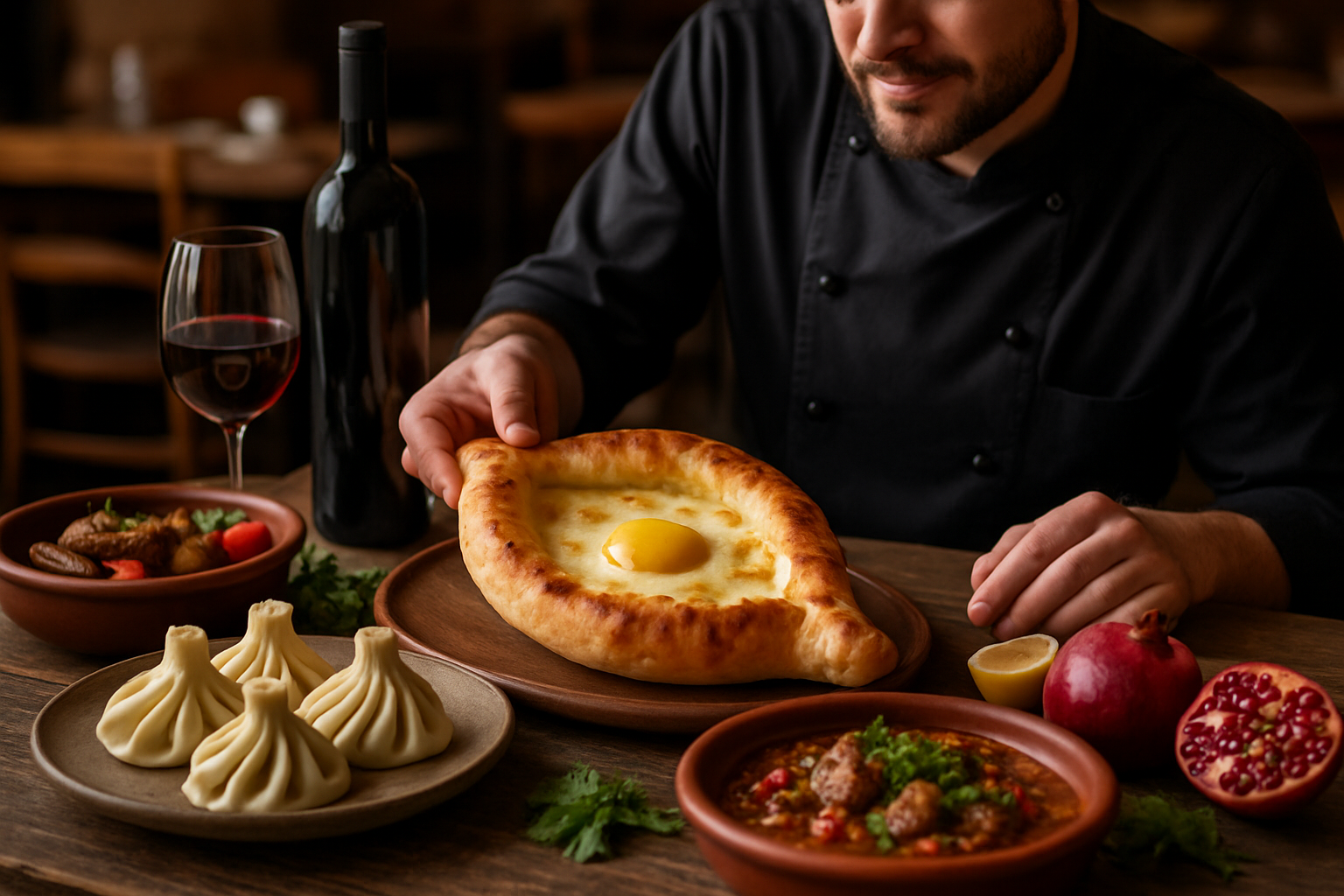Culinary Cinema: The Rise of Food-Centric Filmmaking
In recent years, a delectable trend has been simmering in the world of cinema. Culinary-focused films have emerged as a distinct and appetizing genre, captivating audiences with their mouth-watering visuals and rich storytelling. This article explores the phenomenon of culinary cinema, examining its origins, key players, and the cultural impact of food on the silver screen. From intimate character studies to grand culinary adventures, these films are serving up a feast for the senses and redefining the art of cinematic storytelling.

The Ingredients of Success
What makes culinary cinema so appealing to audiences? The answer lies in its unique blend of visual allure, emotional resonance, and cultural exploration. Food-centric films offer a sensory experience that transcends the typical cinematic fare, engaging viewers on multiple levels. The artful presentation of dishes, the sizzle of ingredients in a pan, and the intimate moments shared around a table all contribute to a visceral viewing experience. Moreover, these films often delve into themes of identity, family, and tradition, using food as a lens through which to examine the human condition.
From Kitchen to Screen: Notable Culinary Films
Over the past two decades, culinary cinema has produced a smorgasbord of critically acclaimed and commercially successful films. Ratatouille (2007), the Pixar animated feature about a rat with culinary aspirations, charmed audiences worldwide and earned an Academy Award nomination. Julie & Julia (2009) brought the life of culinary icon Julia Child to the big screen, intertwining her story with that of a modern-day food blogger. More recently, The Hundred-Foot Journey (2014) and Chef (2014) have continued to showcase the genre’s ability to tell compelling stories centered around food and cooking.
The Cultural Impact of Culinary Cinema
The rise of culinary cinema has had a significant impact on popular culture, influencing everything from tourism to home cooking. Films like Eat Pray Love (2010) have inspired viewers to embark on their own culinary adventures, boosting food tourism in featured locations. The popularity of cooking shows and food-focused documentaries has also surged, with many tracing their roots to the success of culinary cinema. Additionally, these films have played a role in elevating the status of chefs and food professionals, portraying them as artists and cultural ambassadors.
The Future of Food on Film
As culinary cinema continues to evolve, filmmakers are finding new ways to push the boundaries of the genre. Virtual reality and immersive technologies are opening up possibilities for even more engaging food-centric experiences. Meanwhile, the global nature of cuisine is being explored in films that celebrate culinary diversity and cross-cultural exchange. With audiences’ appetites for food-related content showing no signs of waning, culinary cinema is poised to remain a vibrant and influential force in the world of film for years to come.
The Art of Food Styling for Film
Behind every mouth-watering dish on screen is a team of skilled food stylists and prop masters. These unsung heroes of culinary cinema work tirelessly to ensure that every morsel looks perfect under the harsh glare of studio lights. From creating steam effects to crafting inedible stand-ins that can withstand hours of filming, food styling for movies is an art form in its own right. This attention to detail is crucial in creating the visual feast that audiences have come to expect from culinary cinema, elevating food from mere sustenance to cinematic spectacle.
Culinary Cinema as Social Commentary
Beyond their entertainment value, many culinary films serve as vehicles for social and political commentary. Films like Fast Food Nation (2006) and Food, Inc. (2008) use the lens of food to examine issues of corporate responsibility, environmental sustainability, and public health. Other films tackle topics of cultural identity and assimilation through food, such as The Lunchbox (2013) and Tortilla Soup (2001). By weaving these complex themes into stories centered around food, filmmakers are able to engage audiences in important conversations in an accessible and relatable way.
The Global Flavor of Culinary Cinema
While Hollywood has produced its fair share of culinary films, the genre has truly flourished on a global scale. Each country and culture brings its own unique flavors to the table, resulting in a rich tapestry of culinary cinema from around the world. Japanese films like Tampopo (1985) and Jiro Dreams of Sushi (2011) offer meditative explorations of culinary craftsmanship. French cinema has given us classics like Chocolat (2000) and Haute Cuisine (2012), celebrating the country’s renowned gastronomic heritage. This international aspect of culinary cinema not only showcases diverse cuisines but also fosters cross-cultural understanding and appreciation.
The Intersection of Food and Memory in Film
One of the most powerful aspects of culinary cinema is its ability to evoke memories and emotions through food. Many films in this genre explore the deep connections between food, memory, and identity. Pixar’s Ratatouille (2007) famously depicts a food critic being transported back to his childhood through a single bite of the titular dish. Similarly, The Hundred-Foot Journey (2014) uses the protagonist’s culinary creations as a bridge between his past and present. These cinematic moments resonate with audiences, tapping into the universal experience of food as a trigger for nostalgia and personal history.
The Technical Challenges of Filming Food
Capturing the essence of food on film presents unique technical challenges for filmmakers. Lighting, camera angles, and timing must all be carefully orchestrated to showcase food in its most appealing light. Directors and cinematographers often employ specialized techniques, such as using under-cranked cameras to capture steam rising from a dish or macro lenses to highlight the texture of ingredients. The advent of digital technology has further expanded the possibilities, allowing for enhanced color grading and even CGI food creations. As culinary cinema continues to evolve, so too do the technical innovations that bring these gastronomic visions to life on the big screen.




